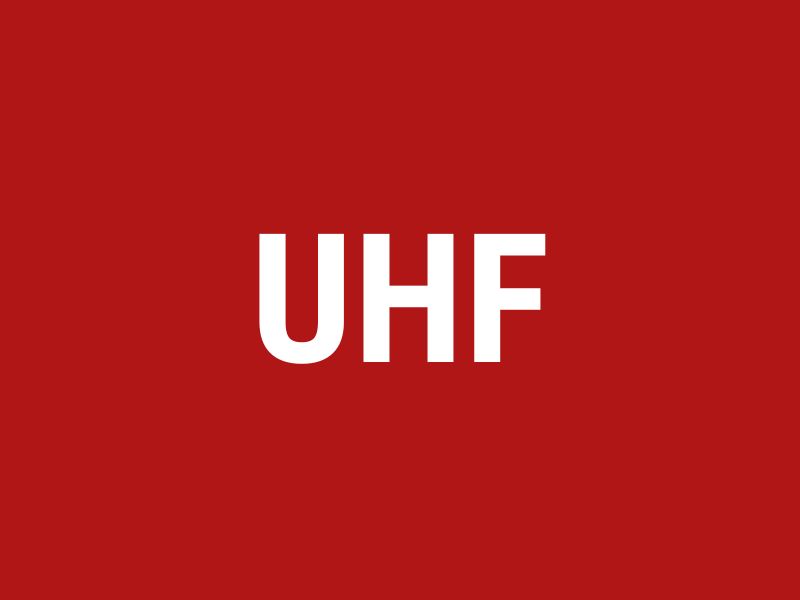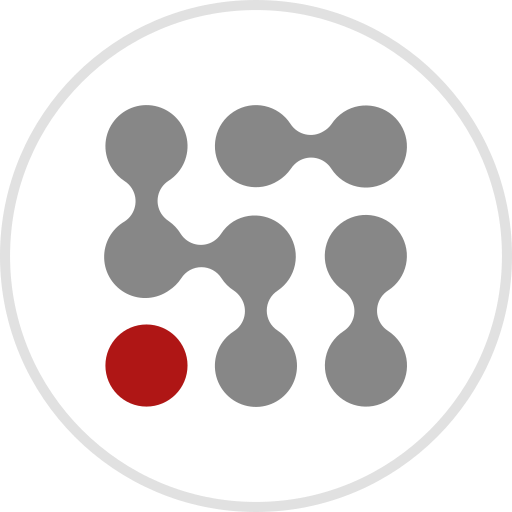Like high-frequency waves, the ultra high-frequency band lies at the upper end of the frequency spectrum. Unlike HF, which can be used worldwide, UHF differs significantly by country: in Europe 865–868 MHz, in the USA 920 MHz and in Asia 950 MHz.
Ultra High Frequency: features and applications
Introduced rather recently in Italy, the use of the ultra high-frequency began to spread in 2007, the year the UHF band was deregulated by Paolo Gentiloni, then Minister of Telecommunications.
UHF covers the 865–868-MHz frequency band in Europe, and thus in Italy. It is currently regulated by the ISO/IEC 18000-6:2013 international standard, which defines the air interface for RFID devices operating at these frequencies in the industrial, scientific and medical (ISM) bands.
UHF-band RFID hard tags and smart labels allow for large detection distances of up to 10–15 metres. The greater distance ensures greater reading power and speed, with the ability to read hundreds of tags in a few minutes and yield reliable data.
Inventory and Logistics
In several sectors (pharmaceuticals, food & beverage, fashion), ultra high-frequency RFID technology is used to manage merchandise inventories. Indeed, RFID readers, RFID hard tags and RFID labels guarantee reading performance over a distance of 5–6 metres, considerably speeding up the process. In automated warehouses, tags are read by readers placed directly on the conveyor belt or forklift.
Process automation
In industry, UHF-band hard tags are applied to objects and materials for remote product tracking without operator intervention. This speeds up the process, reduces the risk of human error and facilitates work even in unfavourable conditions, e.g. in the presence of dust or chemicals.
Maintenance of industrial facilities
Ultra high-frequency RFID technology is used in both corrective maintenance, following detection of a breakdown, and preventive maintenance, aimed at preventing breakdowns from occurring. Applied to the object requiring maintenance, the hard tag is read by the operator at the beginning and end of the operation, thus allowing the mean time to repair (MTTR), a key maintenance parameter, to be calculated. RFID technology also enables implementation of a CMMS (computerised maintenance management system), i.e. maintenance management software that analyses the data collected, schedules activities and organises teams of operators.
Food traceability
Labelling beverages and fine foods (wine, oil, cured meats and other typical products) with UHF-band smart labels is increasing. They help to guarantee the uniqueness of the product, trace the distribution route, and prevent attempts at counterfeiting.
Hands-free access control systems
The use of UHF-band RFID tags is common in checking the access of vehicles and merchandise at companies that use hands-free access control systems (e.g. identifying workers and vehicles at construction sites, verifying access to car parks, etc.).


